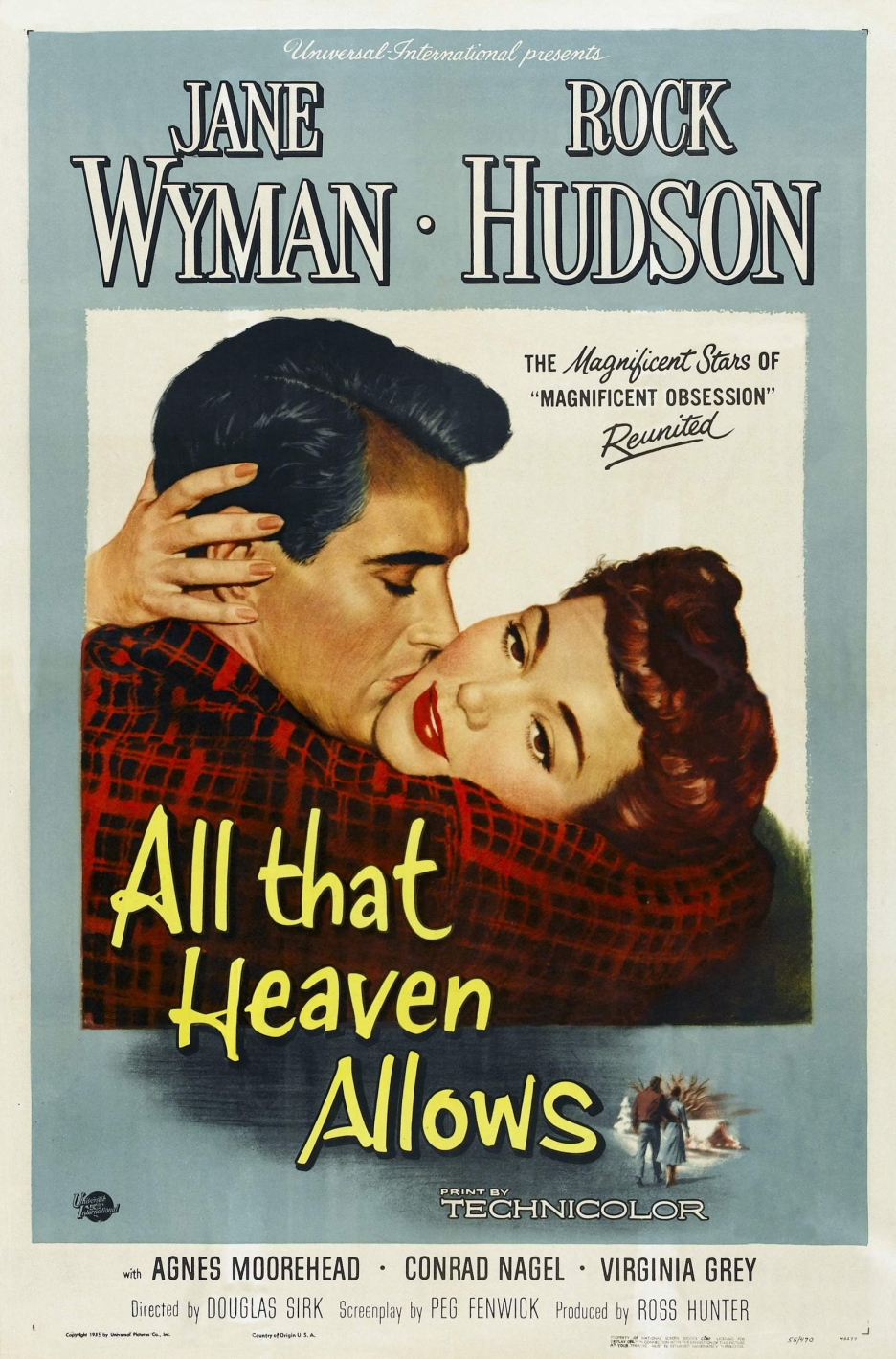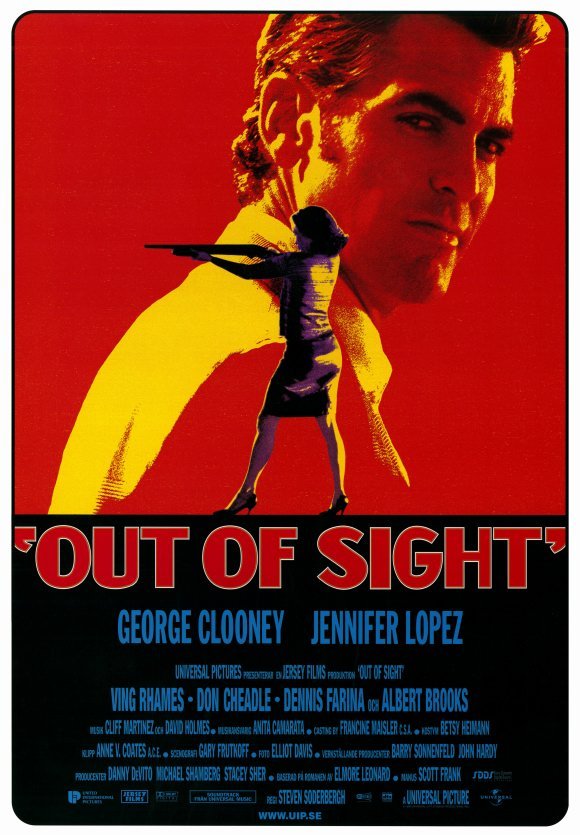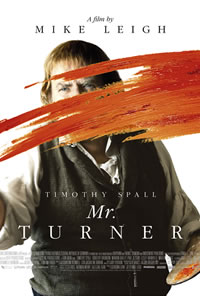
Director: James Marsh
I am terrified of heights. I barely coped walking across the Harbour Bridge (not over the arches, just across the flat part!). I do enjoy looking out at beautiful scenery, be it from tall buildings or cliff tops, but one look straight down and I suddenly feel incredibly unstable (and begin internally freaking out!). As a result I had a rather physiological response to this film: I could feel my flight reflex kicking in, my heart beating faster, and I gasped several times. All this while watching this film on a small screen (computer): how I would have reacted watching this on a cinema screen I am not sure.
Taking all this into account, I was blow away by this film: it is an event made for cinema, it is so visual. The act itself is pure art: there is no practical application for this behaviour. Philippe Petit did it because he wanted to and knew it would be amazing. The jeopardy involved is not if he will survive the feat, but will he be able to set it up without being prevented by police.
There is a great poignancy to this film, as clearly the Twin Towers are no longer there. Petit is, and will always be the only person ever to do this feat, the only person who has stood between the two buildings. Though it never mentions the events of September 2001, Man on Wire is partly a love letter to these two buildings.
The film moves around its timeline. It starts with Petit and a group of friends breaking into the Twin Towers, still undergoing construction. We then flashback to Petit's learning to tight-rope walk, and several other walks he did leading up to the Towers walk. Act Three is all about the walk, and is startling to see. Petit is an engaging character, whose determination is quite remarkable; his skill is almost beyond human.
This is a wonderful, awe-inspiring documentary. It speaks to the same part of the human spirit that wants to climb mountains or swim long distances. While I will never be one of those who pushes the boundaries of physical achievement, I certainly appreciate those who can do such things. Watch in wonder.





























